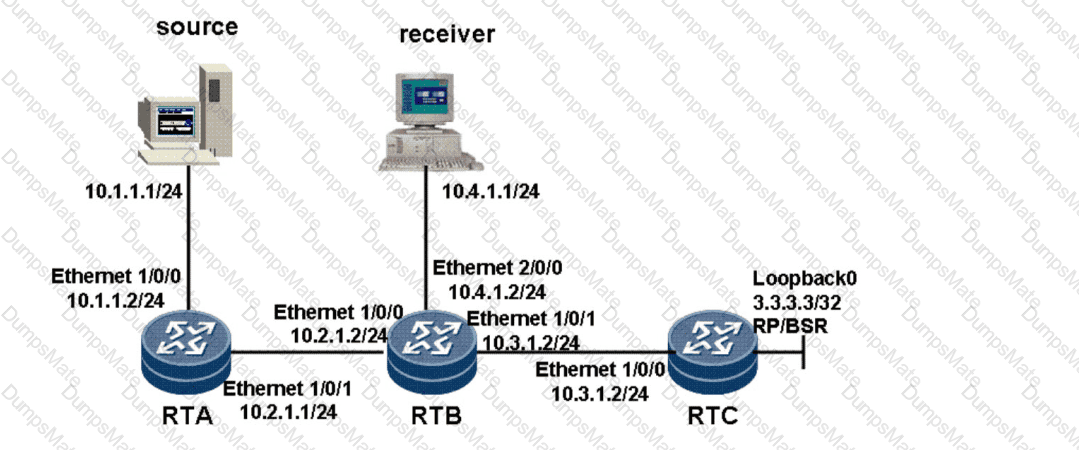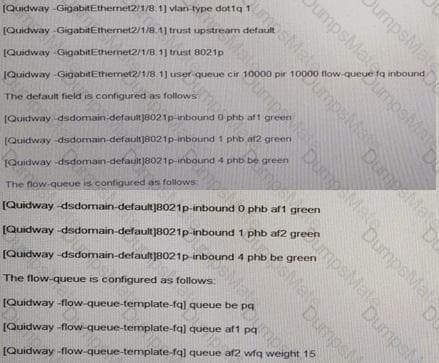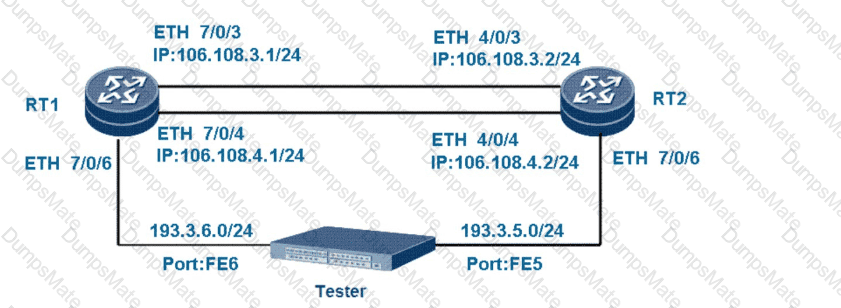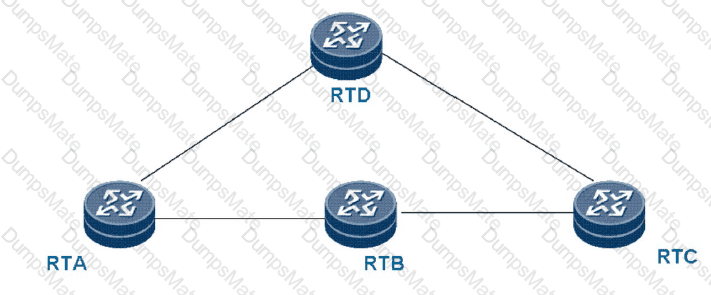Refer to the exhibit.

As shown in the figure, a CE requires access to the Internet, and PE 1 is
connected to the Internet gateway. Configurations on PE 1 are as follows:
PE 1:
#
nat address-group 0 175.31.1.3 175.31.1.10
#
ip vpn-instance vrf1route-distinguisher 192.168.1.1:100
vpn-target 100:1 export-extcommunity
vpn-target 100:1 import-extcommunity
#
acl number 2000
rule 5 permit vpn-instance vrf1
#
#
interface Serial0/0/1:0
link-protocol ppp
ip binding vpn-instance vrf1
ip address 150.1.1.1 255.255.0.0
nat outbound acl 2000 address-group 0
#
interface Pos2/1/0
clock master
link-protocol ppp
ip address 175.31.1.1 255.255.0.0
#
bgp 100
group ibgp internal
peer ibgp connect-interface LoopBack0peer 192.168.1.2 as-number 100
peer 192.168.1.2 group ibgp
#
ipv4-family unicast
undo synchronization
peer ibgp enable
peer 192.168.1.2 enable
peer 192.168.1.2 group ibgp
#
ipv4-family vpnv4
policy vpn-target
peer ibgp enable
peer 192.168.1.2 enable
peer 192.168.1.2 group ibgp
#
ipv4-family vpn-instance vrf1
default-route imported
import-route direct
import-route static
group nei_vrf1 external
peer nei_vrf1 as-number 65004
peer 150.1.1.2 as-number 65004peer 150.1.1.2 group nei_vrf1
#
ip route-static vpn-instance vrf1 0.0.0.0 0.0.0.0 175.31.1.2
PE 1 is connected to the Internet gateway through interface 175.31.1.2. CE 1 and CE 2 cannot ping
this interface. Which of the following statements are true?




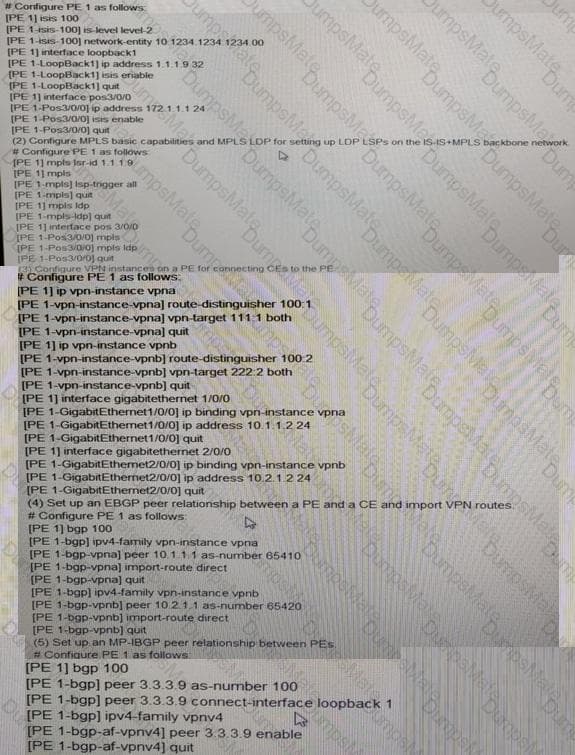
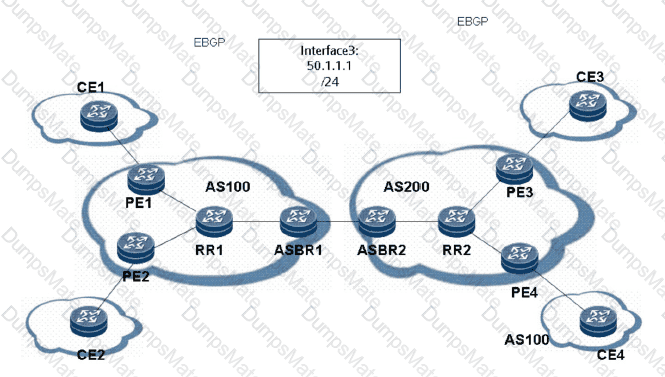
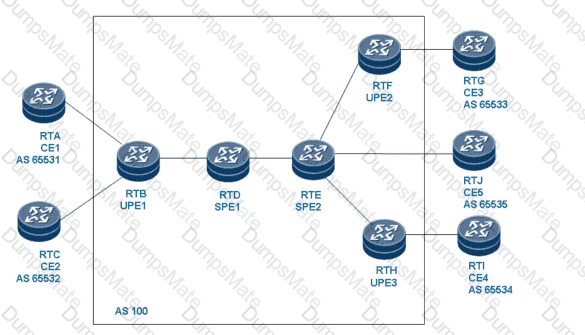 .
.